Understanding the Fundamentals of Light Stand Stability
Professional photographers and videographers recognize that equipment protection begins with understanding the gravitational and structural forces acting upon their gear. Light stands represent critical investment pieces that demand meticulous attention to safety protocols. The physics of weight distribution, combined with environmental factors, creates a complex equation that determines whether your expensive lighting apparatus remains secure or becomes a costly casualty.
Tripod leg positioning fundamentally governs stability matrices. Each leg should extend equidistantly from the central column, creating an optimal triangular foundation. This geometric principle maximizes the stand's resistance to lateral forces while maintaining equilibrium under varying payload configurations.
Weight Distribution Principles
Center of gravity calculations prove essential for preventing catastrophic equipment failure. When mounting heavy strobes or continuous lighting fixtures, the fulcrum point shifts dramatically. Professional setups require careful consideration of counterweight systems, particularly when extending boom arms or utilizing substantial modifiers like large softboxes.
Environmental Risk Assessment
Location scouting must include stability analysis. Uneven surfaces, wind exposure, and foot traffic patterns all contribute to potential hazards. Indoor studios present different challenges than outdoor shoots, where gusts can transform lightweight stands into projectiles.
Premium Equipment Solutions for Enhanced Protection
Investing in quality infrastructure pays dividends through reduced equipment damage and enhanced operational reliability. The Hridz 2.8m Heavy Duty Stainless Steel Stand exemplifies professional-grade construction designed specifically for demanding photographic applications. This robust tripod system features reinforced leg assemblies and precision-engineered locking mechanisms that provide exceptional stability under substantial loads.
Stainless steel construction offers superior corrosion resistance compared to aluminum alternatives, ensuring longevity in challenging environments. The adjustable height range accommodates diverse shooting scenarios while maintaining structural integrity throughout the operational spectrum.
Professional photographers utilizing heavy strobe equipment particularly benefit from this stand's enhanced load-bearing capacity, which significantly reduces the risk of equipment toppling during intensive shooting sessions.
Essential Safety Protocols and Best Practices
Systematic approach implementation prevents the majority of equipment-related incidents. Pre-shoot inspections should encompass all mechanical components, including leg locks, adjustment knobs, and mounting hardware. Loose connections represent primary failure points that compromise entire lighting systems.
- Inspect all locking mechanisms for wear patterns and proper engagement
- Verify weight capacity specifications before mounting equipment
- Implement sandbag counterweights for outdoor applications
- Establish safety perimeters around extended lighting setups
- Document equipment serial numbers for insurance purposes
Maintenance Schedules and Equipment Longevity
Preventive maintenance extends equipment lifespan while reducing unexpected failures during critical shoots. Lubrication of moving parts should occur monthly for frequently used stands, while storage protocols must address humidity and temperature variations that affect metal components.
"Equipment failure during a client shoot can cost significantly more than the replacement value of the damaged gear. Professional reputation and client relationships often suffer irreparable harm from preventable incidents."
Advanced Rigging Techniques for Complex Setups
Multi-light configurations demand sophisticated anchoring strategies that go beyond basic tripod placement. Guy-wire systems, ground anchors, and interconnected support structures create redundant safety mechanisms that protect against single-point failures.
| Setup Complexity | Recommended Safety Measures | Risk Level |
|---|---|---|
| Single Light Stand | Sandbags, Level Surface | Low |
| Multiple Stand Array | Interconnected Cables, Perimeter Marking | Medium |
| Overhead Suspension | Redundant Attachment Points, Safety Cables | High |
Emergency Response Preparedness
Incident response protocols minimize damage when equipment failures occur. Immediate isolation of electrical components prevents cascading failures, while proper lifting techniques protect both equipment and personnel during recovery operations.
Frequently Asked Questions About Light Stand Safety
How often should professional photographers inspect their light stands? Monthly inspections suffice for occasional users, while daily checks become necessary for rental houses and high-volume studios experiencing constant equipment cycling.
What weight margin should I maintain below maximum capacity ratings? Industry standards recommend operating at 75% of rated capacity to account for dynamic forces and unexpected load variations during equipment adjustment.
Can modified light stands maintain their safety certifications? Aftermarket modifications typically void manufacturer warranties and safety ratings, potentially creating liability issues during commercial operations.

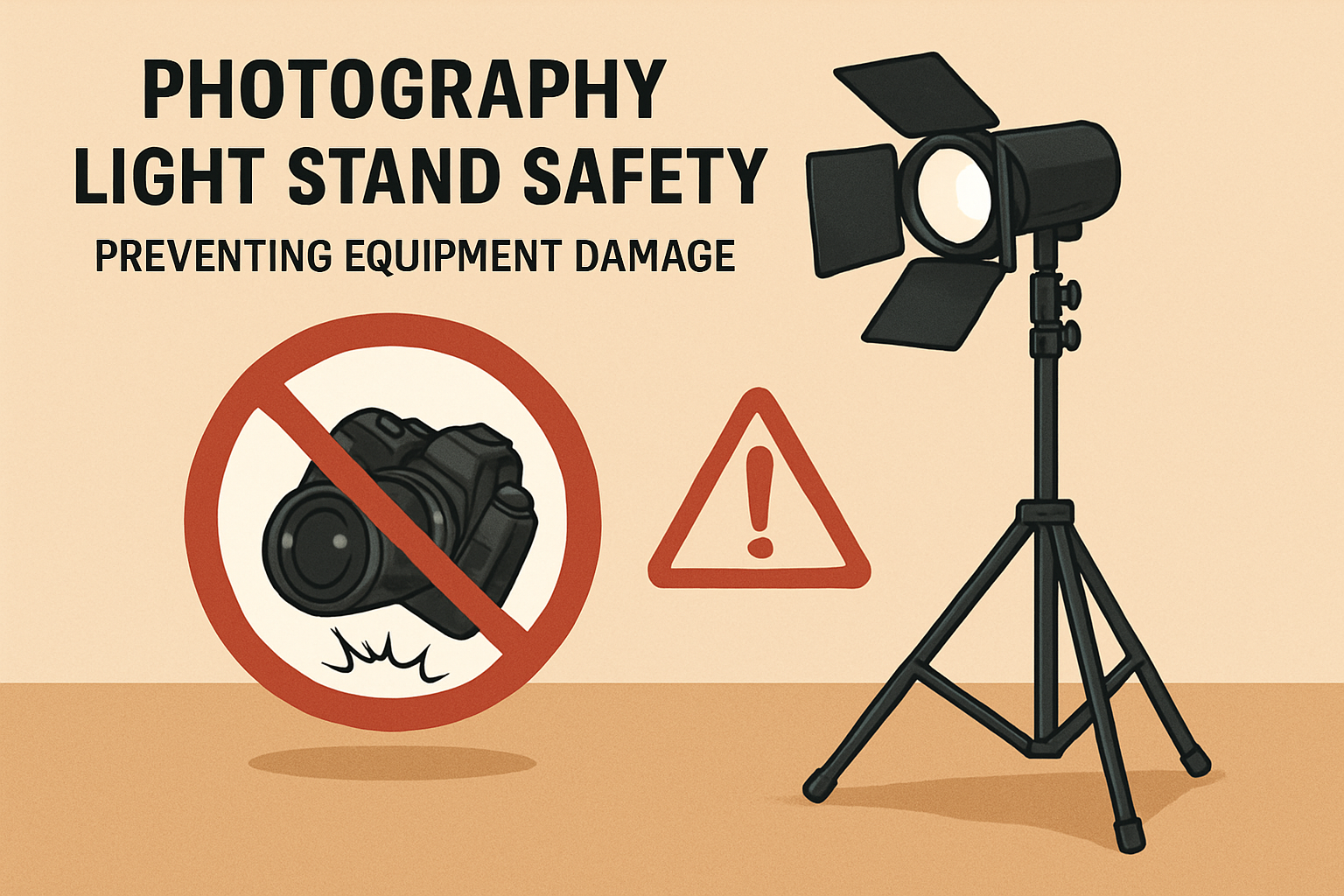

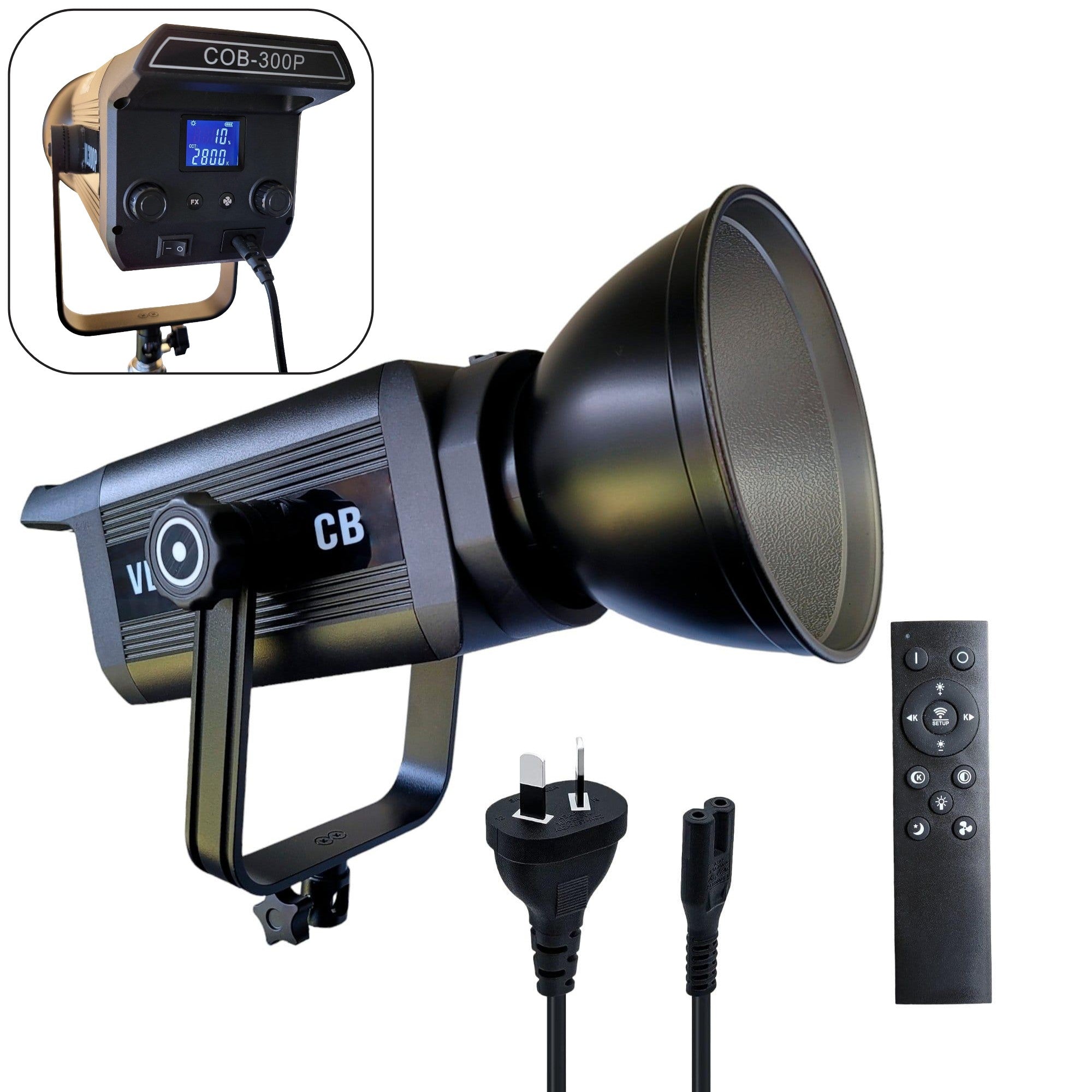
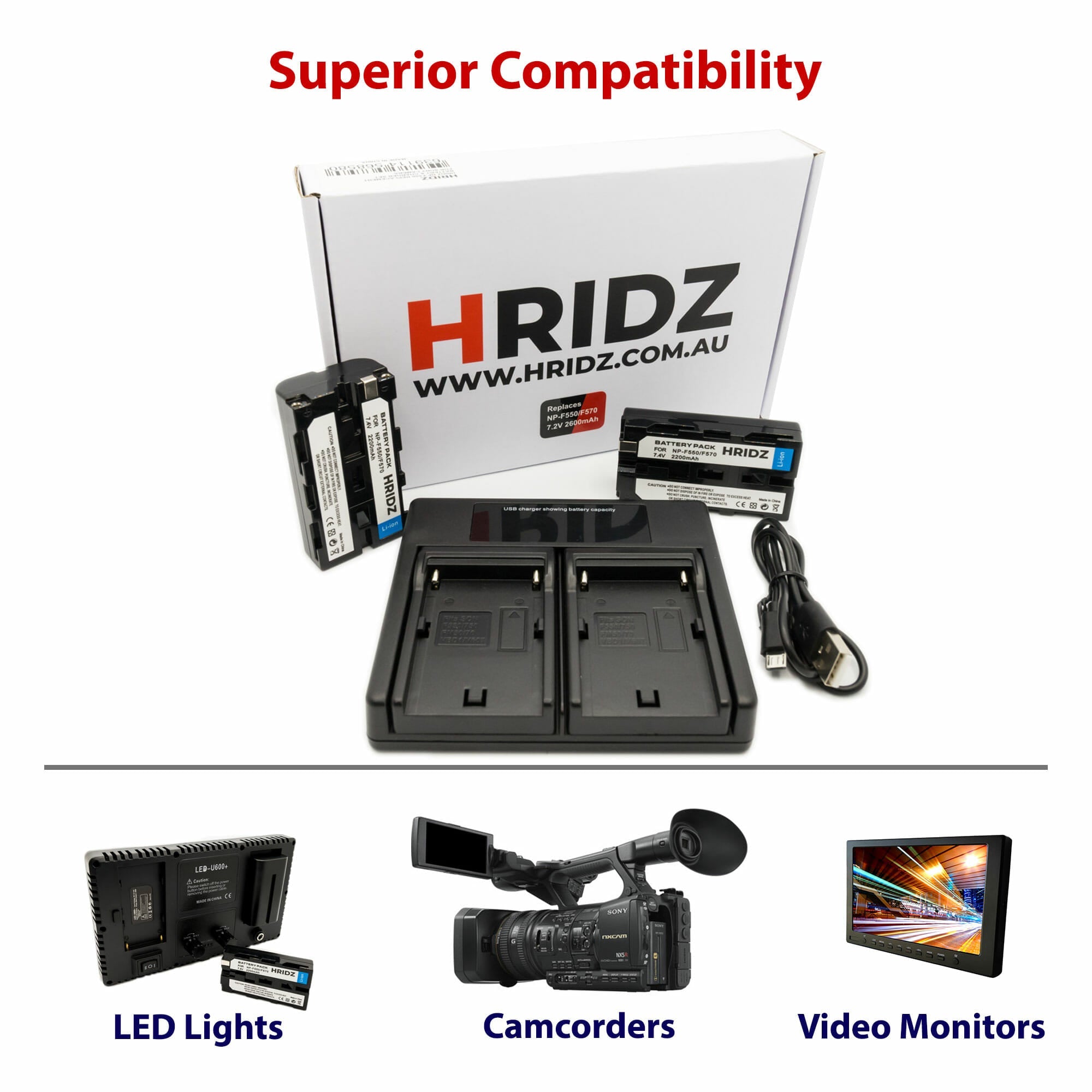

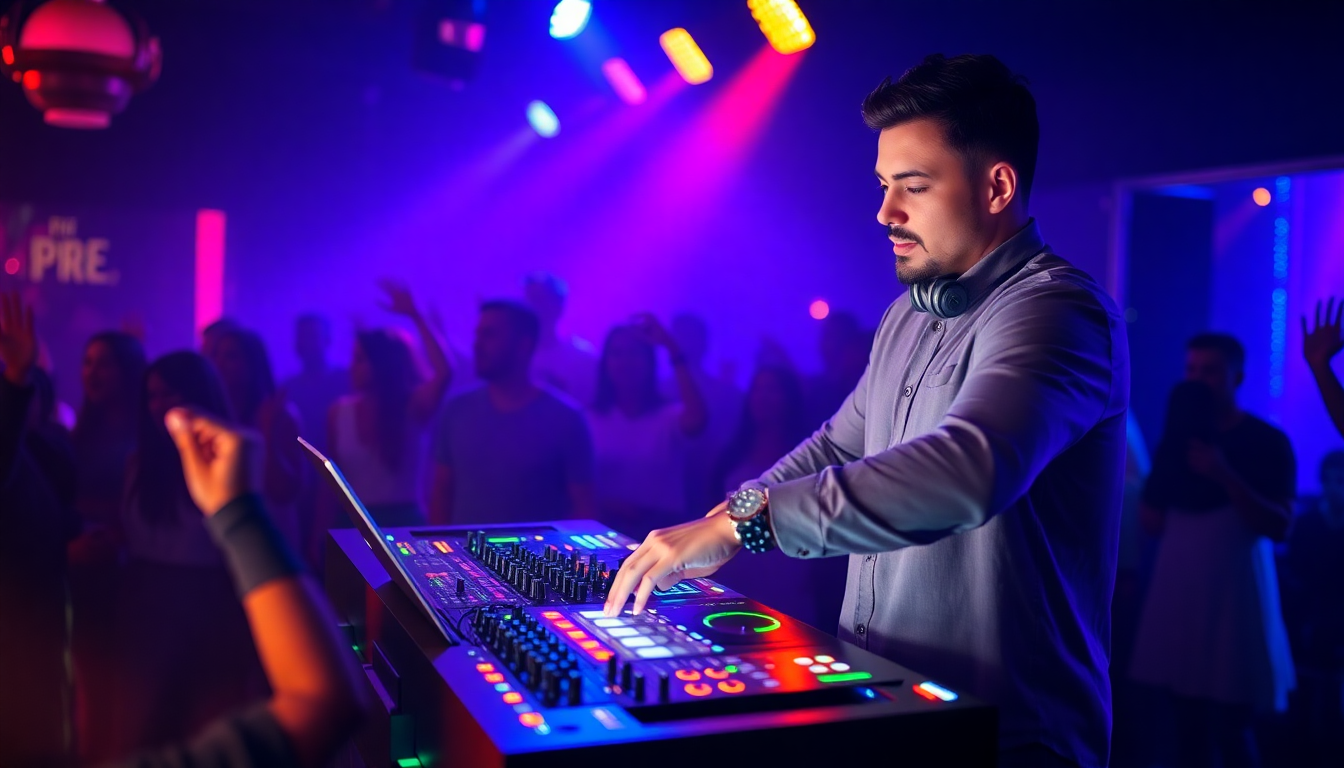
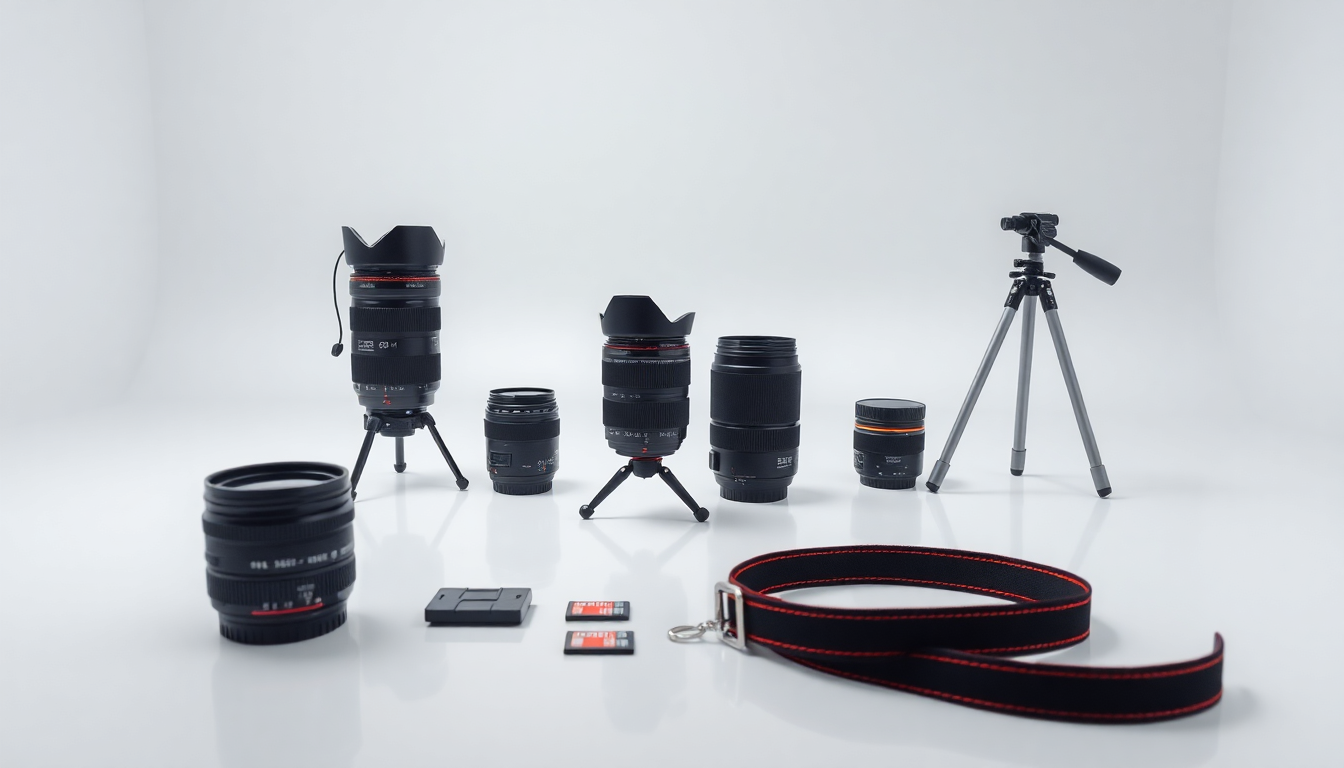
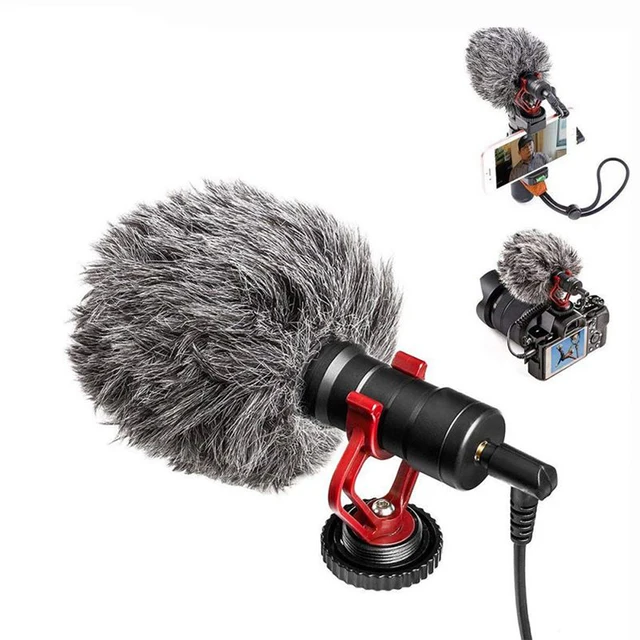
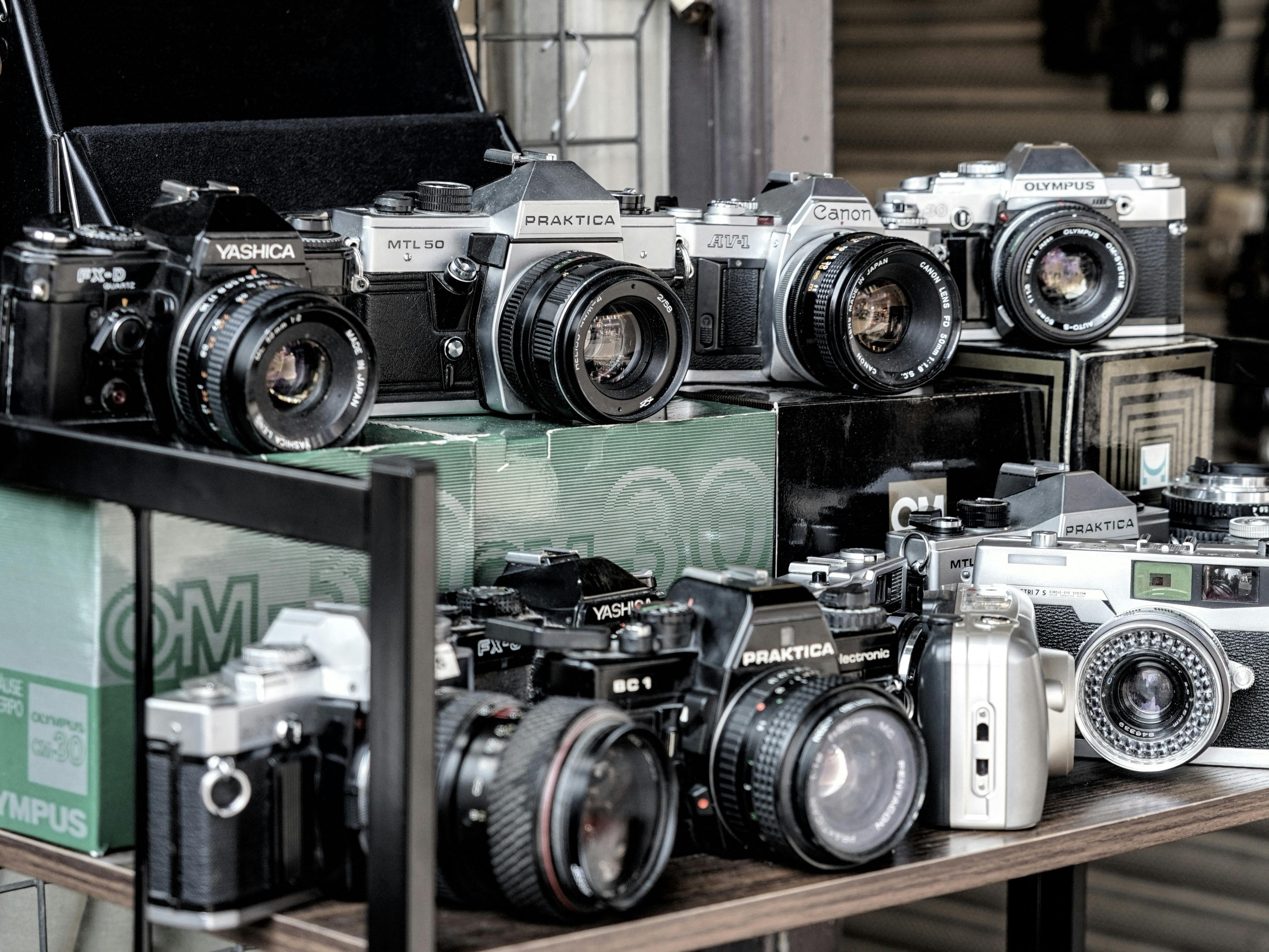

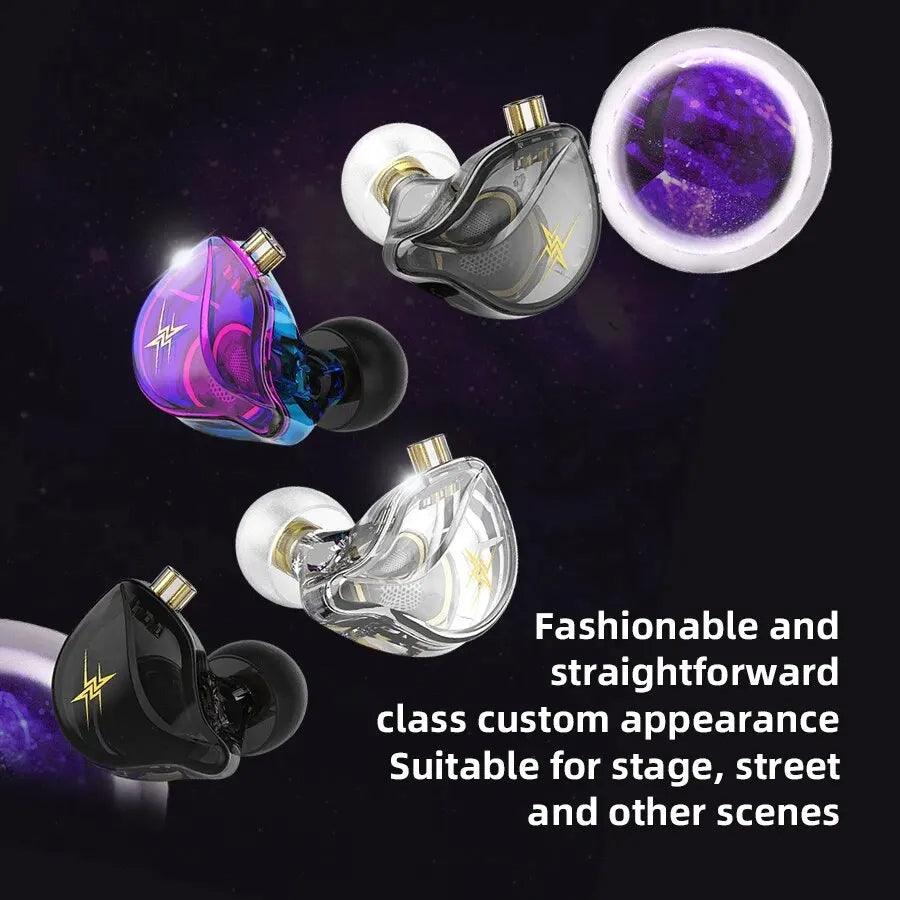
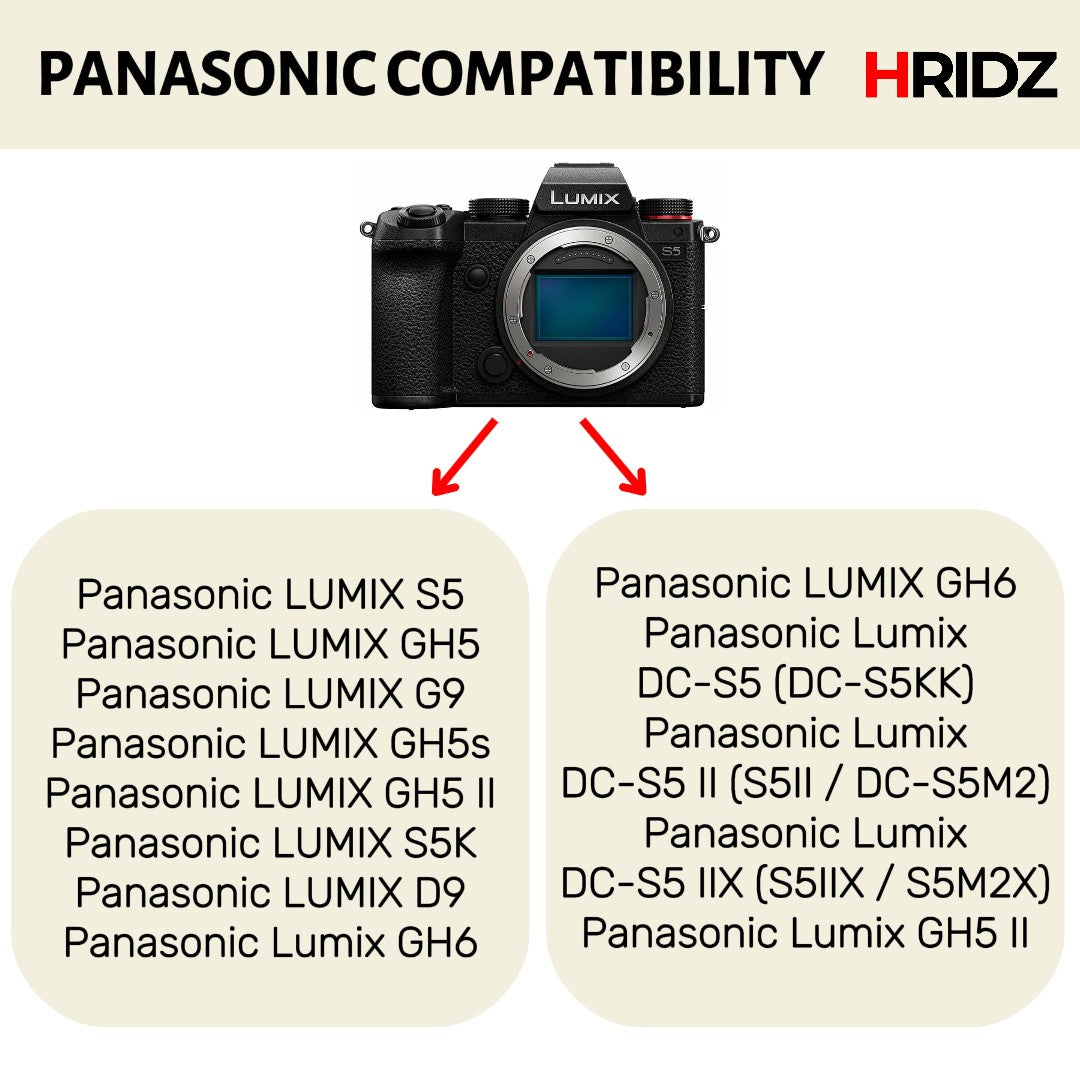
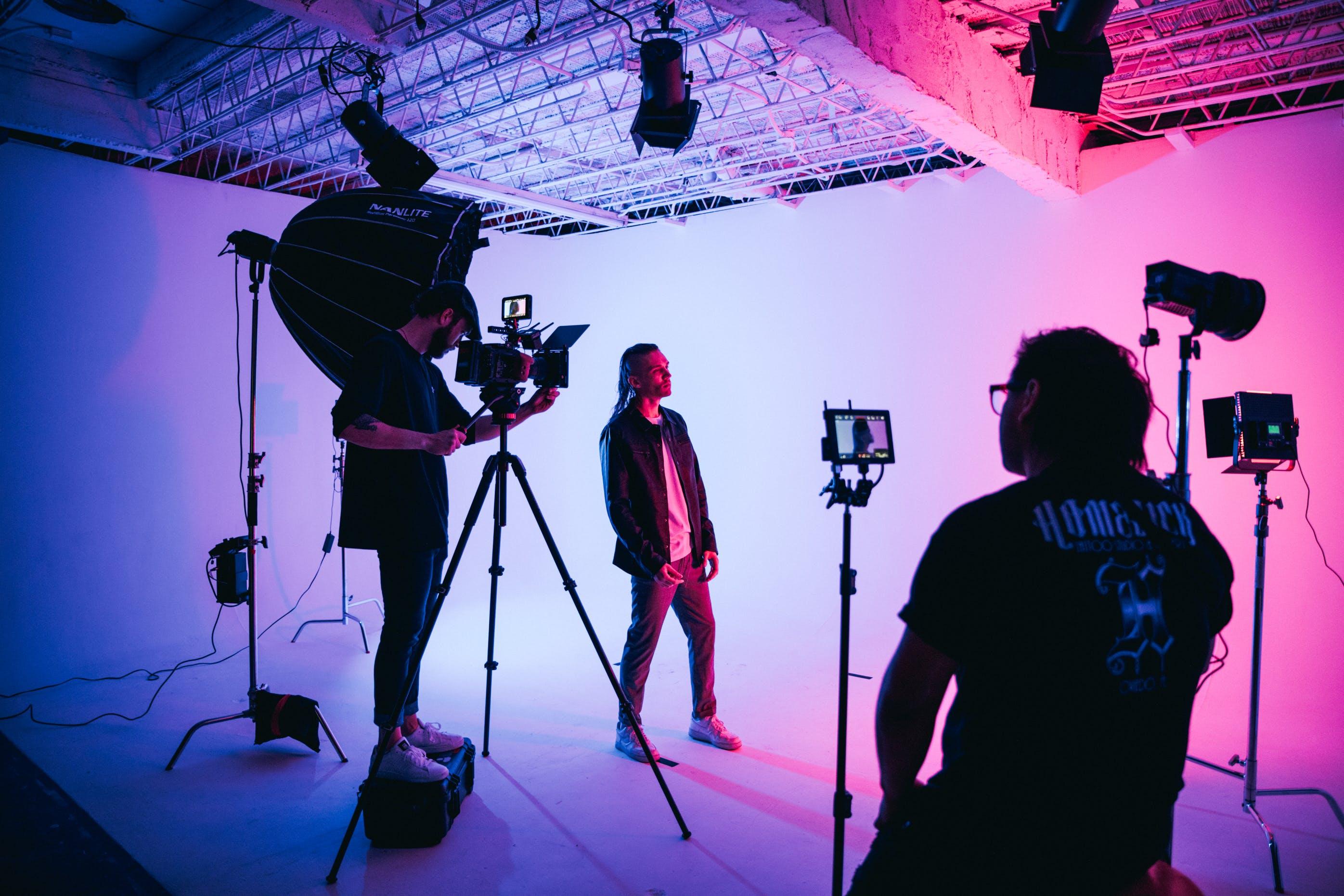
Share:
Wireless vs Wired Microphones: Which is Better for Studios?
In-Ear Monitors for Musicians: Sound Quality vs Comfort